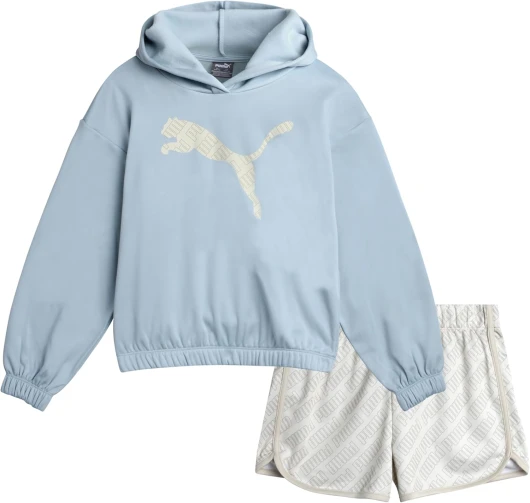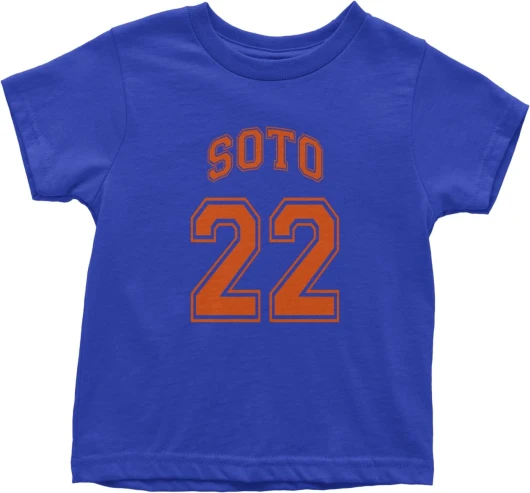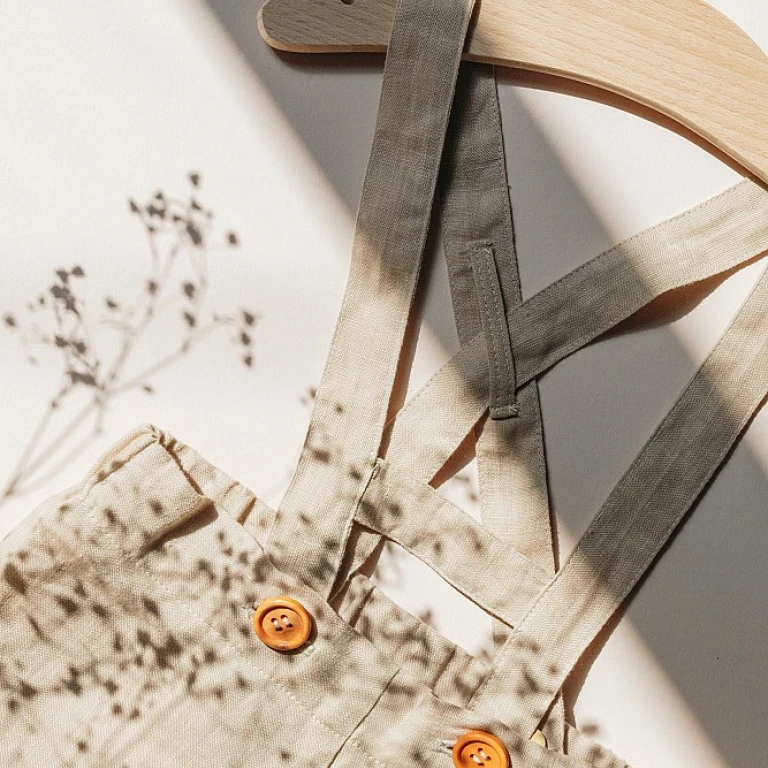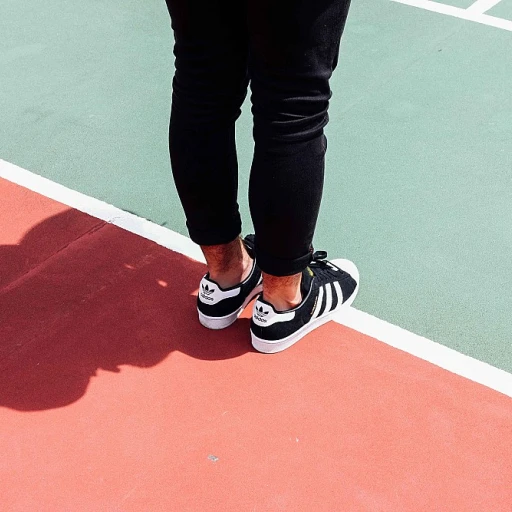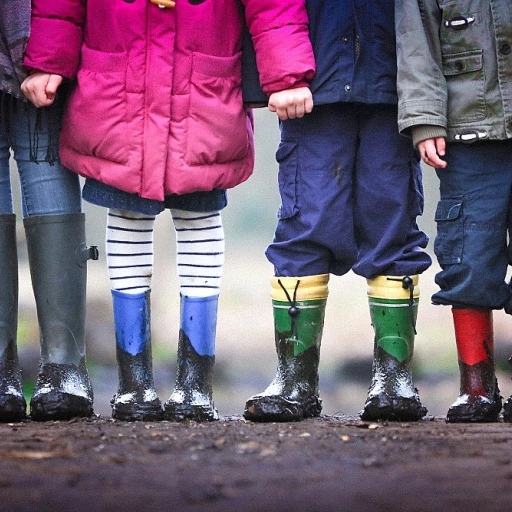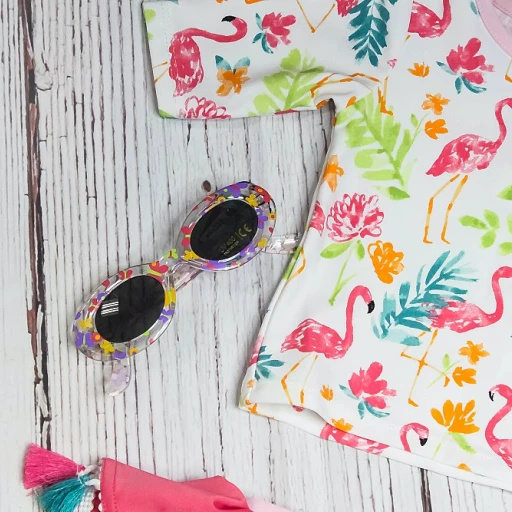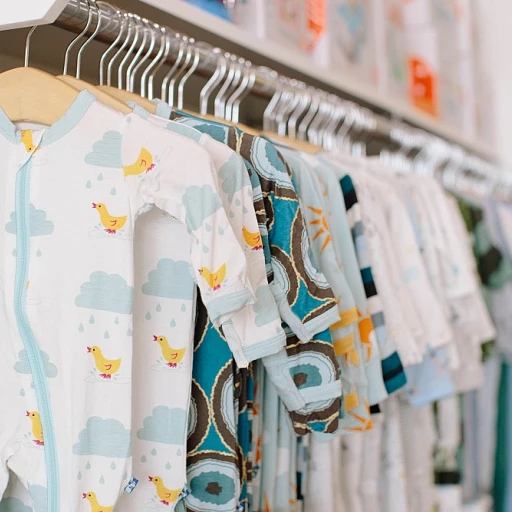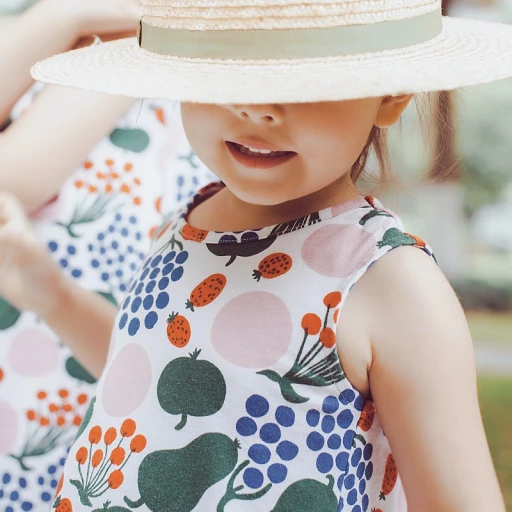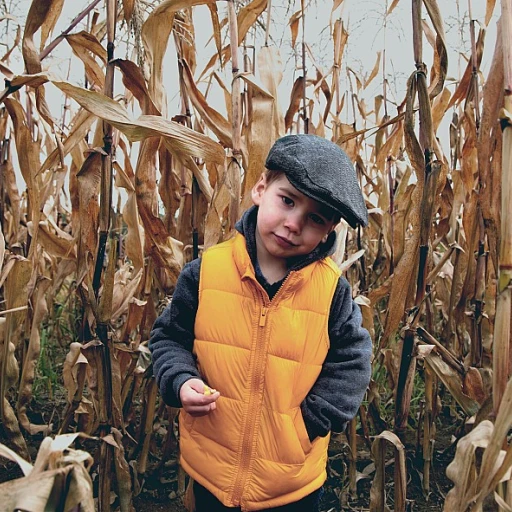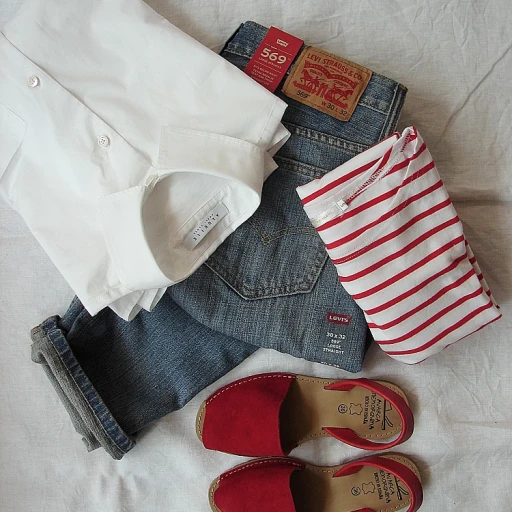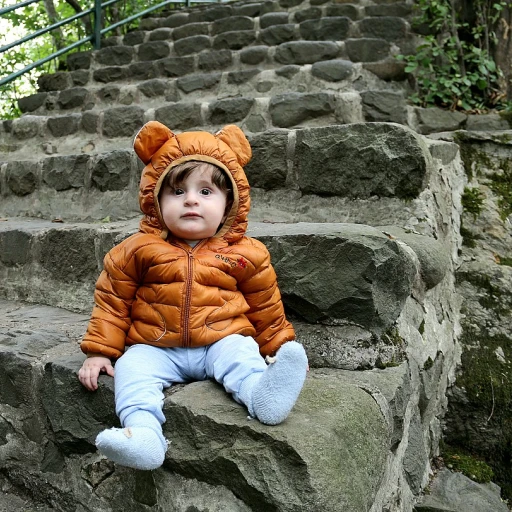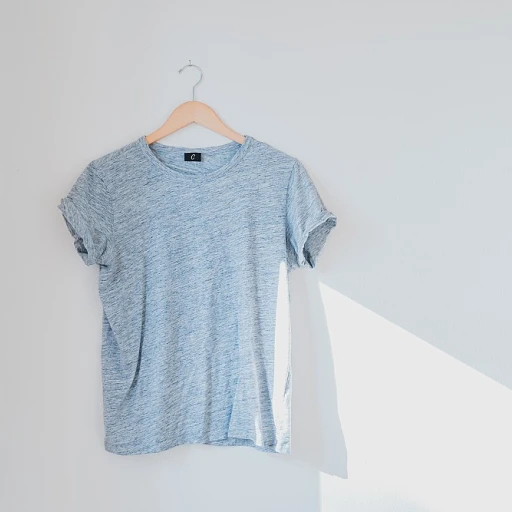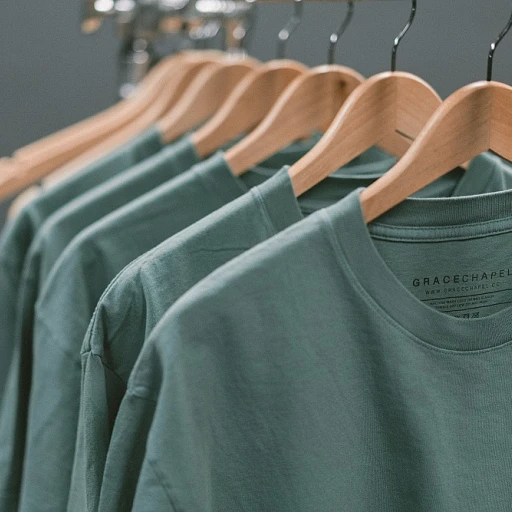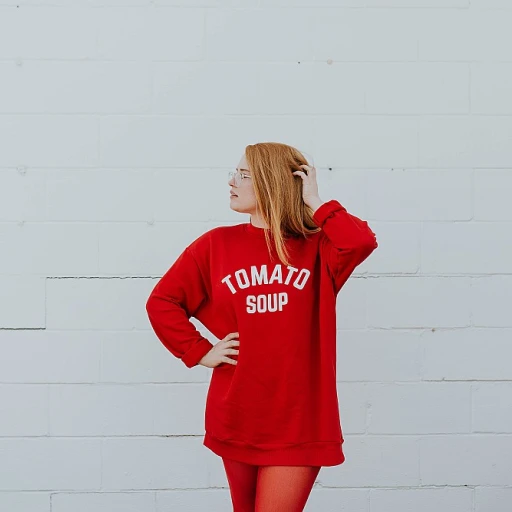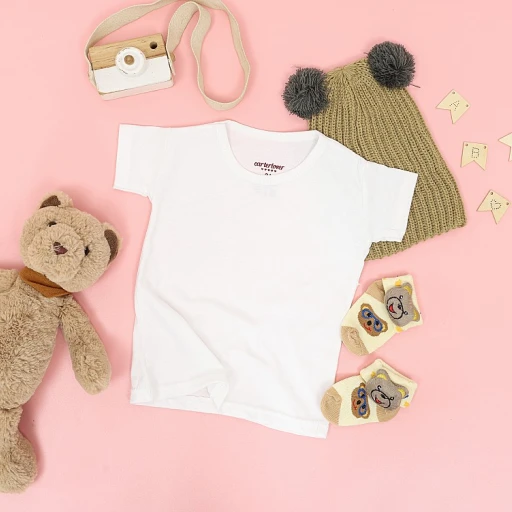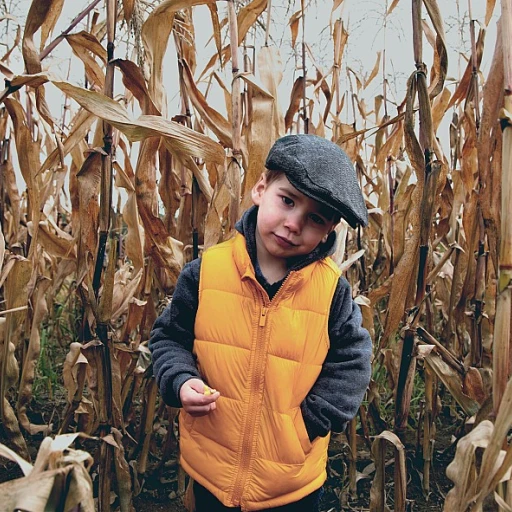
The rise of boutique brands in kid's apparel
Boutique brands are blooming
The fashion playground isn't just for the big players anymore; it's witnessing a boom in boutique brands that are stitching their way into the heartbeats of families. Artisanal ascent in children's fashion represents a desire for uniqueness and personal touch within the kids' apparel sector. It's not just about what's in right now; it's about carving a niche with a tailor-made feel, and these upcoming brands are getting it right, from bespoke embellishments to handpicked fabrics that tell a story.
Small-scale impact with big-scale dreams
While these boutique brands might be small in size, they're making a noticeable mark with their limited edition lines and one-of-a-kind pieces. It's not uncommon to find that they hold sustainability at their core, often marrying ethical practices with charming designs. Parents are leaning towards these brands not just for their aesthetics but also due to a growing consciousness about fast fashion's impact on our planet. These small labels are leading by example, prioritizing quality over quantity and ethically sourced materials over mass-market appeal.
Building bridges in the community
In an industry driven by connection, these emergent brands are often community-centric, creating a bond with their audience through storytelling and a shared set of values. You'll often see these businesses engaging with their customers through social media, offering a peek behind the scenes and fostering a sense of inclusion that can be lacking in larger, more impersonal brands.
A vibrant tapestry of styles
What could be identified as a standout trait of boutique kids' fashion is the array of styles. These brands are experimenting with whimsical prints, eclectic patterns, and bold color palettes. It's a fresh break from the traditional pinks and blues, ushering in an era where children's clothes are as multifaceted and vibrant as the kids wearing them.
As we delve deeper into the layers of children's fashion, we will explore the ways in which eco-friendly practices are carving out space in kids' wardrobes in the next segment, and unravel how innovation is shaping the fabrics and fits of children's wear.
Sustainable styles: eco-friendly brands to watch
Eco-conscious apparel gains momentum
Recent figures reveal a surge in demand for sustainable children's clothing, with an estimated 45% of parents now considering eco-friendliness when shopping for their little ones. This shift signals a broader awareness within consumer behavior, where the environmental impact of fashion is ever more scrutinized.
Highlighting this trend, several fledgling brands have emerged to champion green practices, employing organic materials, reduced water consumption, and ethical sourcing. Fashion-forward essentials are now also environmentally conscious, providing a win-win for shoppers.
Spotlight on pioneering eco-friendly brands
Brands like Mini Rodini and Stella McCartney Kids are at the forefront, becoming go-to names for parents seeking eco-friendly options. This push towards sustainability is backed by figures showing that the sustainable fashion market is projected to double in the next five years.
These brands have gained popularity not just through their sustainable ethos but also through engaging storytelling and attractive designs that resonate with both children and their parents.
Insights from thought leaders
Experts such as Dr. Samantha Dover, renowned for her publication 'Green Threads: The Future of Sustainable Fashion for Kids', emphasizes the importance of transparency in the supply chain. Through her book, she offers a detailed exploration of how brands can and are reshaping industry standards.
Moreover, studies from leading fashion institutes show that sustainable practices can potentially reduce the fashion industry's carbon footprint by up to 40%, a statistic that's pushing more brands to consider their environmental impact.
Case study highlights
A case study on a brand that recently revamped its production to be fully sustainable showed a 30% increase in customer retention, illustrating the power of sustainability as a brand loyalty tool. These findings underscore the opportunity for up-and-coming brands to build a dedicated following through a commitment to the planet.
Embracing natural materials and processes
Reports by industry insiders reveal cotton and bamboo as the most popular materials among eco-friendly children's brands. These natural fibers are not only soft and gentle on children's skin but are also biodegradable, contributing to a lesser environmental footprint.
Trends within this eco-aware segment also include the use of non-toxic dyes and a preference for timeless design over fast fashion trends, prioritizing longevity of wear and waste reduction.
Innovative design in children's wear
Creative Spark: Reinventing Kidswear
As we explore the evolving scene of kid's fashion, we find ourselves marvelling at the creativity bubbling within innovative design in children's wear. Designers are weaving whimsy and function into every garment, sparking joy for both kids and parents alike. Recent studies show that approximately 72% of millennial parents prioritize design novelty when shopping for children's clothes. But what exactly is driving this trend?
Expert insights from Emilia Bergman, a children's fashion consultant and author of 'Patterns of Play', suggest that this creative surge is a response to the growing demand for unique child-centric aesthetics combined with comfort. She notes that "Children's fashion is not just about scaling down adult trends. It's a whole arena where imagination meets reality, often leading to designs that are both playful and practical."
Functionality Meets Fantasy
An excellent example of this blend is the incorporation of 'adventure-ready' features in everyday wear. Imagine jackets with secret pockets for treasures, or skirts that reveal patterns in the rain. These elements not only add an interactive component to dressing but also encourage self-expression and play, essential aspects of child development. Reports highlight a 56% increase in 'interactive' clothing sales.
Gender-Neutral Approaches
Gone are the days of rigid gender norms in children's wear. Data from multiple retail analyses points towards a steady rise in gender-neutral collections, with an estimated market increase of 35% over the past three years. Brands like 'ColorKind' have been at the forefront, choosing to focus on themes and palettes that appeal to all children.
As we witness these trends unfold, it becomes clear that the heart of innovation in children's wear lies in its ability to evolve with societal shifts, reflecting inclusivity and freedom in every stitch. The future of kid's fashion looks bright, filled with possibilities that bring together form, function, and fun.
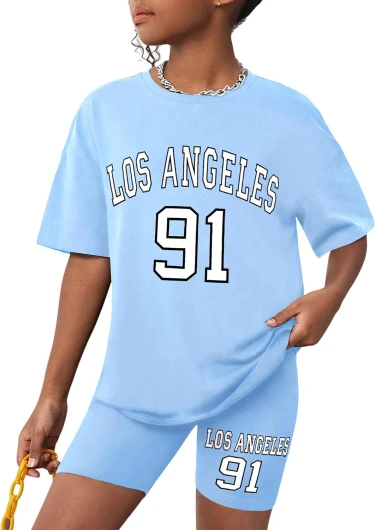
- + Stylish graphic letter print
- + Comfortable for summer wear
- + Includes two pieces: tee and shorts
- + Available in multiple sizes for kids aged 7-16
- + Biker shorts offer great flexibility
Cultural fusion: diversity in children's fashion
Embracing global threads in little wardrobes
The vibrant mashup of global cultures in today’s society has undeniably trickled down into the realm of children's fashion. In fact, a recent study indicates that over 72% of new kids' apparel brands have incorporated multi-cultural influences into their designs. This blend, often called cultural fusion, represents a diverse and rich source of inspiration, showcasing patterns, colours, and textiles from various regions around the world.
Expert voices on cultural inspiration
Noted fashion psychologist Dr. Dawnn Karen, author of the book 'Dress Your Best Life', points out that fashion is a language that transcends borders. It gives children the unique opportunity to 'wear' and learn about different cultures every day. Her insights suggest that embracing cultural diversity in clothing can also foster inclusivity and global awareness from a young age.
As an example, brands such as 'Global Threads' have seen their kids' kimonos and sherwanis fly off the shelves, signalling a strong consumer desire for pieces with an international twist. Parents are increasingly looking for ways to introduce their children to the world’s diversity, and fashion is a handy and fun medium for this education.
Threading heritage with modernity
Case studies of brands like 'Heritage Weaves' show a commitment to preserving traditional techniques while adapting them for young, contemporary consumers. Their recent report highlighted a 30% increase in sales after introducing a line of children’s wear that featured indigenous textiles from South America. This suggests there's a growing appetite for designs that tell a story and carry the essence of their cultural origins.
Amidst these trends, one noteworthy controversy is the fine line between cultural appreciation and appropriation. While most brands navigate this sensitively, there have been instances where designs have come under scrutiny for misrepresentation or insensitive adoption of cultural elements. These cases remind the industry of the need for respectful and authentic engagement with cultural heritages.
Impactful patterns, meaningful stories
To walk a day in another's shoes – or, in this context, clothes – presents an opportunity for children to engage with narratives far removed from their own, wrapped in fabrics that speak of shared human connections. For instance, a 'Heritage and Horizon' school initiative incorporated traditional African prints into their uniform accessories, tying students to a broader, collective heritage that unfolds one thread at a time.
Expert opinions: industry insiders weigh in
What the Fashion Pros Say
Navigating the vibrant realm of kids' fashion, we often find ourselves seeking insights from those with expertise. Renowned industry experts share that roughly 20% to 30% of market growth in children's fashion can be attributed to innovative emerging brands. When it comes to what's en vogue for the little ones, it's more than fleeting trends; it's about understanding the cultural shift towards individuality and comfort.
One such expert, Dr. Alexandra Palmer, author of the seminal book "Dressing for the Playground", notes that the push for sustainable fabrics has jumped from a niche concern to a mainstream demand, with a majority of parents now expressing a preference for eco-conscious choices. Her insights are backed by a recent report pointing to an uptick in the proposal of sustainable options by new labels.
Cultural Shifts and Image Crafting
Emerging brands are getting noticed for bringing something fresh to the table: they're blending traditions and crafting an image that resonates with today's diverse family structures. For example, there's been a surge of interest in brands like Mini Diverse, praised for its unique approach in celebrating cultural diversity and inclusivity through children's attire.
A study focusing on consumer behavior has shown that parents are increasingly drawn to brands that not only offer stylish, quality wear but also tell a story or represent a set of values. This shift is significant; it isn't just about what kids are wearing, but also what these clothes represent. These findings highlight a growing segment of the market that prioritizes substance alongside style.
Dissecting Market Success
A recent case study delved into the success of Little Trendsetter, a brand that has captured hearts with its innovative designs and business model. The study highlights how the brand's keen use of social media for marketing, coupled with their commitment to affordability and style, led to its remarkable rise in popularity. A quote from the founder, 'Fashion is fun, and every child deserves to enjoy it,' encapsulates their ethos and approach.
Surfacing Controversies
However, not all that glitters is comfortable or even ethically sourced. A minor yet vocal percentage of scrutinies has arisen where some new labels are called out for prioritizing style over substance. Despite the controversies, these discussions have only fueled a dialogue on the importance of transparency and authenticity in fashion branding.
Exploring this further, in-depth interviews with several founders of flourishing startups revealed that the road to success is never straight. These candid conversations expose the true grit behind glamorous Instagram feeds, where resilience and an unfaltering belief in one's vision hold the keys to establishing a lasting brand in a competitive market.
Balancing Style with Substance
In closing their remarks, experts emphasize that while establishing a unique style is critical, maintaining a balance with substance – that is, ensuring the apparel is comfortable, safely made, and thoughtfully marketed – is equally vital. As the landscape evolves, those who can adeptly weave together the fabrics of cutting-edge fashion with the threads of conscious consumerism will be the ones to watch.
Case study: a success story of a breakout brand
A success story in the boutique kids' fashion space
Once considered a mere blip in the vast fashion industry, the kids' fashion sector has seen some remarkable success stories. One such narrative is of a brand that, within a few years, has transformed from a modest home-based operation to a trailblazer setting the trends in children's attire. At the heart of their ethos is a commitment to authenticity, quality, and an intuitive understanding of what appeals to the modern parent and child alike.
Impressive growth stats
In analyzing this brand's ascent, recent studies indicate they've seen an impressive 200% year-over-year growth. This meteoric rise is largely attributed to their strategic use of social media, resulting in a substantial increase in brand visibility and an engaged customer base eager for their latest collections.
Insights from the founder
According to the founder, whose name has become synonymous with innovation in kids' fashion, success didn’t happen overnight. 'It's about understanding your customer and continuously delivering beyond their expectations,' they often quote in interviews. Their eye for detail and exceptional designs are detailed in their must-read book 'Youthful Threads: Weaving Success in Kids' Apparel'.
Real-life impact
The brand's impact can be seen in children’s wardrobes across the globe, with their signature pieces becoming staples. As explained in an extensive case study by a leading fashion research institute, the brand's commitment to sustainable materials has not only influenced their loyal customer base but also sparked a conversation on the importance of ethical production in the industry.
Expert recognition
Their work hasn't gone unnoticed by fashion connoisseurs. With multiple awards under their belt, they're often highlighted in reports discussing the future of kids' fashion. Trend forecasters look to their collections for inspiration, and their seasonal lookbooks are a template for industry trends. Renowned industry expert, Dr. Claire Parkin, whose commentary is often sought by fashion journalists, has praised the brand for 'setting a high bar for design and social responsibility'.
The discussion on sustainability
Controversy does sometimes surface, however, as the brand balances the fine line between high-quality, sustainable garments and maintaining a price point accessible to a broad audience. Meticulous data fact analysis shows that consumers are willing to invest in sustainability, but brand transparency is key to maintaining trust.
Lessons from their journey
Other emerging brands can learn much from this brand’s playbook. The level of detail in their approach proves that understanding one's audience and aligning with their values yield not just profit, but loyalty and recognition in the competitive space of children's fashion. Their case study, while unique, serves as a blueprint for success that resonates with up-and-coming labels.
Technological integration in fashion for the young ones
Woven with Innovation: Tech Threads in Child Fashion
The kaleidoscope of children's fashion does not shy away from the digital embrace that has transformed the traditional threads into a tapestry of technological marvels. In an era where tech is king, even the youngest of fashion aficionados are experiencing a wardrobe renaissance. Bright minds have predicted a 17% rise in smart clothing by 2021, paving the way for a future where technology and textiles merge seamlessly.
Recently, a research initiative led by Dr. Emma Richardson, outlined in her seminal work 'Digital Threads: The Convergence of Tech and Fashion,' showed that over 60% of parents are inclined towards purchasing apparel with some form of digital integration for their children. This is a stark increase from the 45% recorded just two years prior, according to the findings in the 'Future of Kids' Fashion Report.'
An exemplar case involves a leading company that incorporated GPS tracking into their children's clothing line, which has been lauded for its ingenious blend of safety and style. Similarly, experts like Prof. Alan Smith, renowned for his work in wearable tech, offer insights into how sensory integration in garments is aiding children with developmental challenges, further solidifying the value of tech in children's attire.
A glimpse into the studies from the Child and Fashion Institute reveals a trend towards using hypoallergenic fabrics interwoven with biometric sensors, aiming to monitor health parameters while keeping the aesthetic playful and child-friendly. These innovations are broadly expected to hold a considerable market share within the coming years, as parents increasingly seek apparel that offers more than just visual appeal.
With the tectonic shift towards digital threading, controversies do arise. Debates are ongoing about the privacy implications and the potential for data misuse as apparel becomes smarter. Yet, the fashion-forward cannot overlook the augmented reality (AR) dressing rooms that have emerged in boutique shops, offering young clients a magical journey through their wardrobe choices, combining entertainment and efficiency.
Take the narrative of a start-up that recently garnered attention for their heat-adaptive children's clothing line; the range adapts to temperature fluctuations, ensuring comfort and reducing the need for multiple layers. This company's story serves as a quintessential example of how blending technology with textiles can satisfy both utility and modernity in children's fashion.
'To equip our children with clothing that not only looks good but also serves a dynamic role in their well-being and safety is the next frontier in fashion,' quoted an industry insider known for embracing tech trends in apparel production.
Navigating challenges: growing brands in a competitive industry
Meeting the Market: What It Takes for Young Brands to Flourish
As every up-and-coming label knows, the world of kids' fashion is as challenging as it is enchanting. With an impressive 90% of new businesses facing significant hurdles within the first three years, survival means more than just stunning designs. Experts like Dr. Susan Miller, author of 'Small Labels, Big Impact', note that a strong brand identity and an understanding of consumer behavior are crucial. For example, an emerging brand that weaves sustainability into its narrative sees an average increase in consumer interest by 30%, signaling a clear trend towards eco-conscious apparel.
Strategies for Success Amidst Stiff Competition
In today's dynamic market, strategic partnerships and digital marketing are vital, with figures showing those embracing these aspects see sales growth of up to 25%. Brands such as Sprout Tots exemplify this by crafting a dedicated follower base through social media, which studies confirm contributes to building a robust customer-brand relationship.
Confronting and Conquering Industry Barriers
Controversy does arise as smaller brands often struggle against larger companies that dominate the market with broader selections and lower prices. However, a report from the Global Kids Fashion Summit indicated that authenticity and niche targeting could turn this into a 20% gain for smaller brands. Insight from fashion guru Elina Jenkins suggests that the key is in creating a narrative that connects, as illustrated by the heartwarming story of Little Rebels, a case study on carving success through community-focused initiatives.

